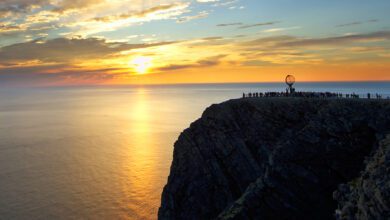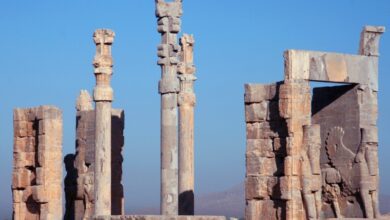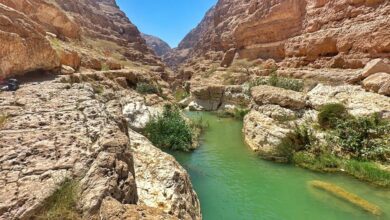
Imagine being transported to the exotic landscapes and vibrant cultures of Papua New Guinea, a place where time seems to stand still and traditions are still deeply rooted in everyday life. In this fascinating article, “Stylish.ae Tales: Dancing With Tribes In Papua New Guinea,” you will embark on a unique journey, exploring the rich cultural heritage of this incredible country. From dazzling tribal dances to intricate traditional costumes, get ready to witness the beauty and allure of Papua New Guinea like never before. So, grab your virtual passport and prepare to be mesmerized by the captivating tales of dancing with tribes in Papua New Guinea.
Traditional Dance Forms in Papua New Guinea
Role of Dance in Papuan Culture
Dance holds a central place in the vibrant and diverse culture of Papua New Guinea. For the people of Papua New Guinea, dance is not just a form of entertainment, but an integral part of their daily lives and rituals. Dance plays a significant role in social bonding, storytelling, and the preservation of cultural heritage. It serves as a means of expression, communication, and celebration. Whether it is a traditional ceremonial dance or a lively performance at a village gathering, dance is deeply ingrained in the hearts and souls of the Papuan people.
Different Dance Styles in Papua New Guinea
Papua New Guinea is a land of rich cultural diversity, home to over 800 distinct tribes and language groups. Each tribe has its unique dance forms, characterized by intricate footwork, rhythmic movements, and striking costumes. From the energetic bamboo dances of the Sepik region to the elaborate mask dances of the Highlands, Papua New Guinea offers a treasure trove of dance styles. Some of the most well-known dance forms include the Huli Wigmen dance, the Baining fire dance, and the iconic singsing dances that feature colorful feather headdresses and body paint.
Influence of Tribes on Dance Forms
The tribal communities of Papua New Guinea are the custodians of traditional dance forms that have been passed down through generations. These dances are deeply rooted in the customs, beliefs, and history of each tribe. The distinctiveness of each dance style reflects the unique cultural practices and artistic expressions of the tribes. The influence of tribes on dance forms can be seen in the use of traditional costumes, props, and musical instruments. Each tribe brings its own flavor and flair to the dance, creating a rich tapestry of cultural traditions across Papua New Guinea.
Exploring the Papuan Tribal Lifestyle
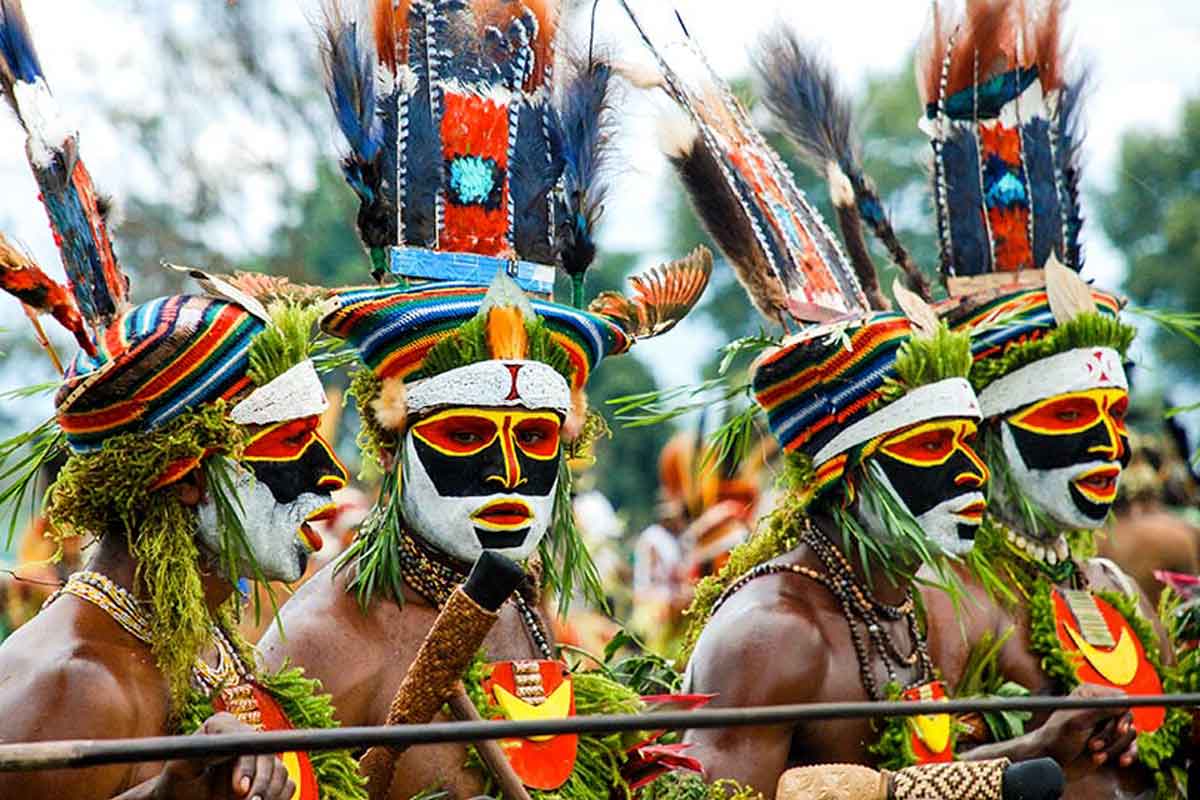
The Unique Tribes of Papua New Guinea
Papua New Guinea is a cultural mosaic, boasting an astonishing array of distinct tribes. From the Sepik to the Highlands, each tribe has its unique traditions, languages, and artistic expressions. The tribes of Papua New Guinea have survived for centuries, preserving their customs and way of life in the face of modernization. Each tribe has its own rituals, ceremonies, and social structures, providing a fascinating glimpse into the rich tapestry of indigenous cultures.
Traditional Clothing and Accessories
Traditional clothing in Papua New Guinea is a vibrant reflection of the tribal diversity in the country. Each tribe has its distinct style of dress, characterized by unique patterns, colors, and materials. From the intricately woven grass skirts of the Huli people to the striking feather headdresses of the Chimbu tribe, traditional clothing showcases the creativity and craftsmanship of the indigenous communities. Accessories such as ornate shell necklaces, woven baskets, and decorative body adornments also play a significant role in tribal attire.
Traditional Food and Drink
The culinary traditions of Papua New Guinea offer a mouthwatering array of flavors and ingredients. Each tribe has its traditional recipes and cooking methods, passed down through generations. Traditional dishes often feature ingredients sourced from the local environment, including root vegetables, fresh seafood, and tropical fruits. From the earthy flavors of the Mumu, a traditional Highlands feast cooked in an underground oven, to the savoriness of the Sepik River fish dishes, the gastronomic delights of Papua New Guinea are a reflection of the rich cultural heritage of its tribal communities.
Dancing with the Tribes: A Once-in-a-Lifetime Experience
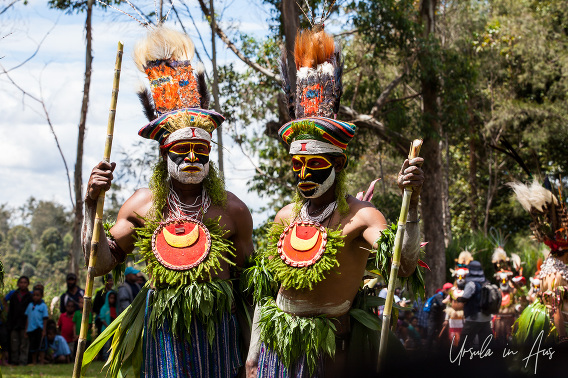
Arriving in Papua New Guinea
Stepping foot in Papua New Guinea is like entering a whole new world. As you arrive in this enchanting country, you will be greeted by the warm smiles and genuine hospitality of the Papuan people. The vibrant colors, sounds, and scents of the bustling markets and villages will envelop your senses, immersing you in the cultural tapestry that is Papua New Guinea. Your journey to explore the traditional dances and lifestyle of the tribes is about to begin.
Connecting with Local Tribes
To truly experience the magic of Papuan dance, it is essential to connect with the local tribes. The Papuan people are known for their genuine warmth and welcoming nature, and they are eager to share their cultural heritage. Engaging with the tribes allows you to gain insight into their traditions, beliefs, and way of life. Whether through attending local festivals, participating in community events, or staying in traditional villages, you will have the opportunity to forge meaningful connections and learn firsthand from the guardians of Papuan culture.
Learning Traditional Dance Moves
One of the highlights of your journey will be the chance to learn traditional dance moves from the tribes themselves. Dance is an art form deeply ingrained in the daily lives of the Papuan people, and the tribes take great pride in passing down their dance traditions to future generations. Through patient guidance and experienced dancers as your mentors, you will be introduced to the intricate footwork, expressive movements, and storytelling aspects of traditional dance. You will gain a deeper appreciation for the significance of each step and gesture, realizing the power of dance as a form of cultural expression and communication.
Challenges and Rewards of Dancing with Tribes
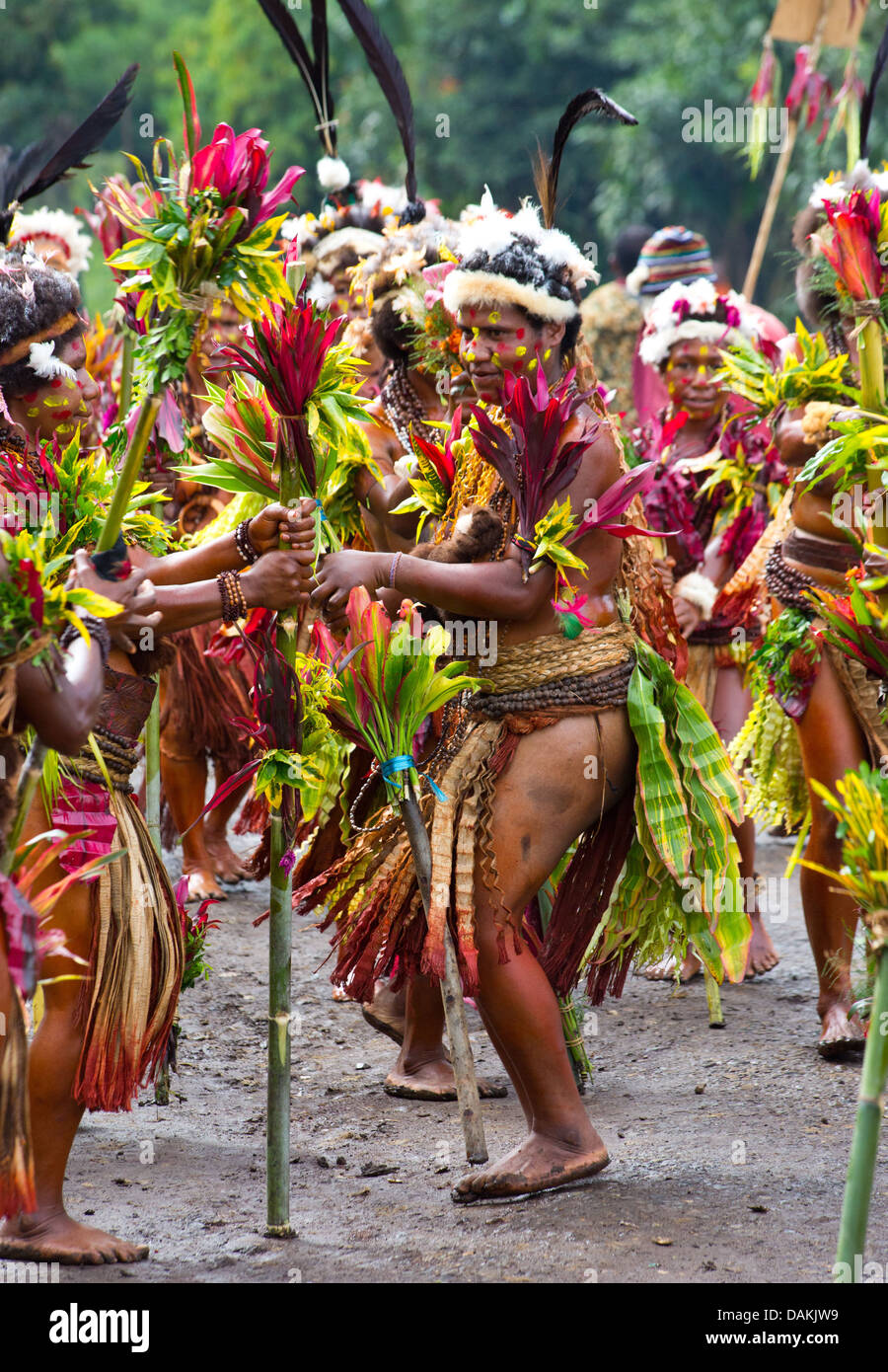
Language and Communication Difficulties
As you dive into the world of Papuan dance, you may encounter language barriers and communication difficulties. With over 850 languages spoken across Papua New Guinea, it is understandable that translation may be challenging. However, dance serves as a universal language that transcends verbal communication. Through the shared experience of movement and rhythm, you will find a common ground with the dancers, connecting on a deeper level that surpasses words. The rewards of overcoming these challenges will be immeasurable, as you forge connections and create lasting memories through the language of dance.
Understanding Cultural Etiquette
Respect for cultural etiquette is paramount when engaging with the tribes of Papua New Guinea. Each tribe has its own customs, beliefs, and protocols that must be honored. Therefore, it is vital to approach the tribes with an open mind and a willingness to learn and adapt. Understanding and adhering to the cultural norms, such as appropriate dress attire, greetings, and gestures, will demonstrate your respect for the traditions and facilitate a harmonious exchange. By embracing the cultural etiquette, you will not only deepen your understanding of the tribes but also ensure that your interactions are both meaningful and respectful.
Building Trust and Respect
Building trust and respect with the tribes is a gradual process that requires time, patience, and genuine interest. The Papuan people have a deep-rooted sense of pride and identity, and they rightfully expect visitors to approach their culture with sincerity and respect. By actively listening, showing curiosity, and demonstrating humility, you will establish a rapport with the tribes and foster a sense of trust. As you embark on your dance journey, remember that it is not just about the steps and movements but also about cultivating meaningful connections and honoring the cultural heritage you are fortunate to experience.
Preserving Indigenous Dance and Culture
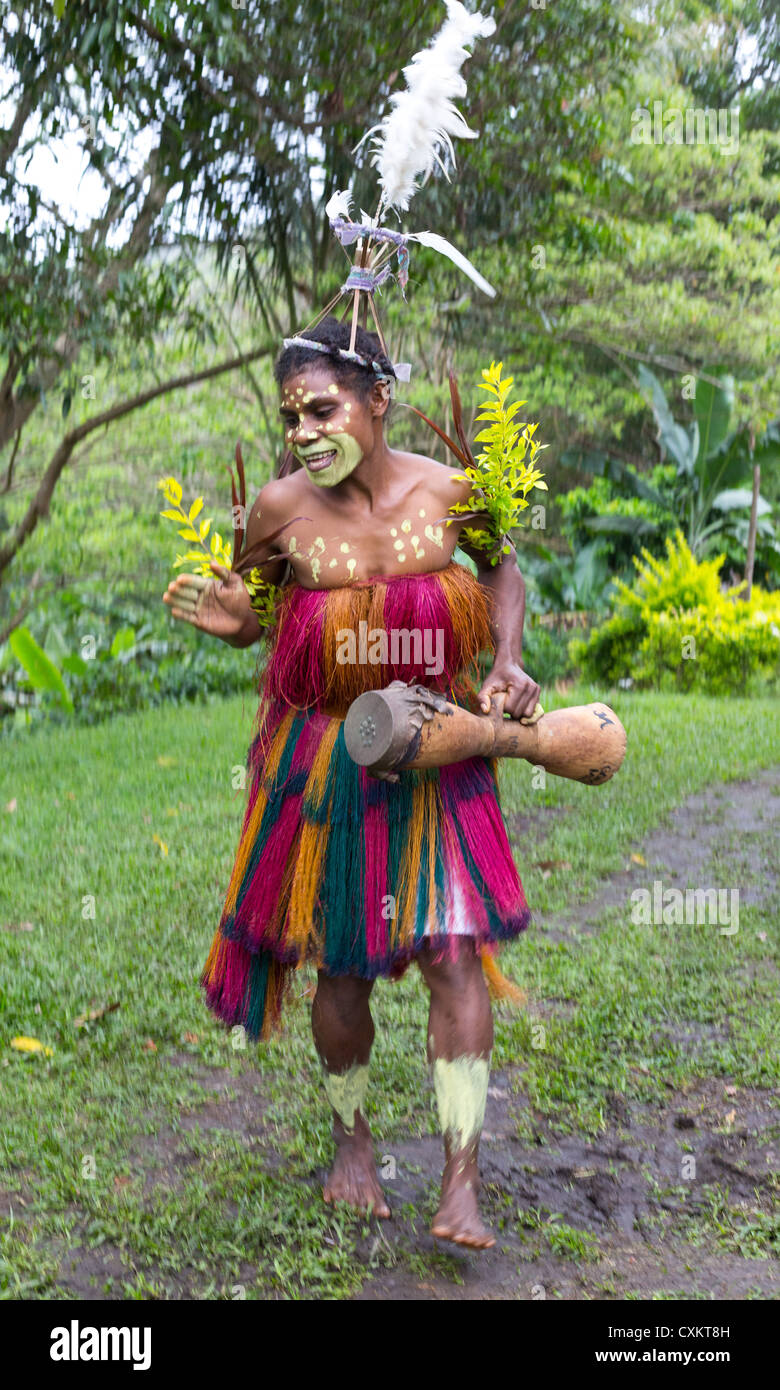
The Importance of Cultural Preservation
Preserving indigenous dance and culture is of paramount importance in Papua New Guinea. These traditions are not just forms of entertainment but intricately woven into the social fabric and identity of the tribes. The loss of traditional dance would mean the erosion of centuries-old rituals, stories, and knowledge passed down from generation to generation. Cultural preservation ensures that the rich heritage of the Papuan people continues to thrive, fostering a sense of pride and belonging among the tribes and providing a glimpse into the past for future generations.
Efforts in Documenting Traditional Dance Forms
Recognizing the significance of indigenous dance, various organizations and individuals in Papua New Guinea have made commendable efforts in documenting and preserving traditional dance forms. Through meticulous research, documentation, and archiving, these initiatives aim to safeguard the knowledge and techniques associated with each dance. By creating comprehensive records, including video recordings, photographs, and written descriptions, the cultural legacy of the tribes is made accessible to a wider audience, ensuring that the dances are accurately transmitted and celebrated.
Promoting Sustainable Tourism
Sustainable tourism plays a crucial role in the preservation of indigenous dance and culture in Papua New Guinea. By supporting responsible tourism practices, visitors can contribute to the well-being of the tribes and the continuance of their traditions. Sustainable tourism initiatives prioritize community involvement, cultural sensitivity, and environmental preservation. By engaging in respectful interactions, respecting the natural surroundings, and supporting local artisans and performers, visitors can help sustain the traditions of Papuan dance and empower the communities to preserve their cultural heritage.
The Impact of Modernization on Traditional Dance
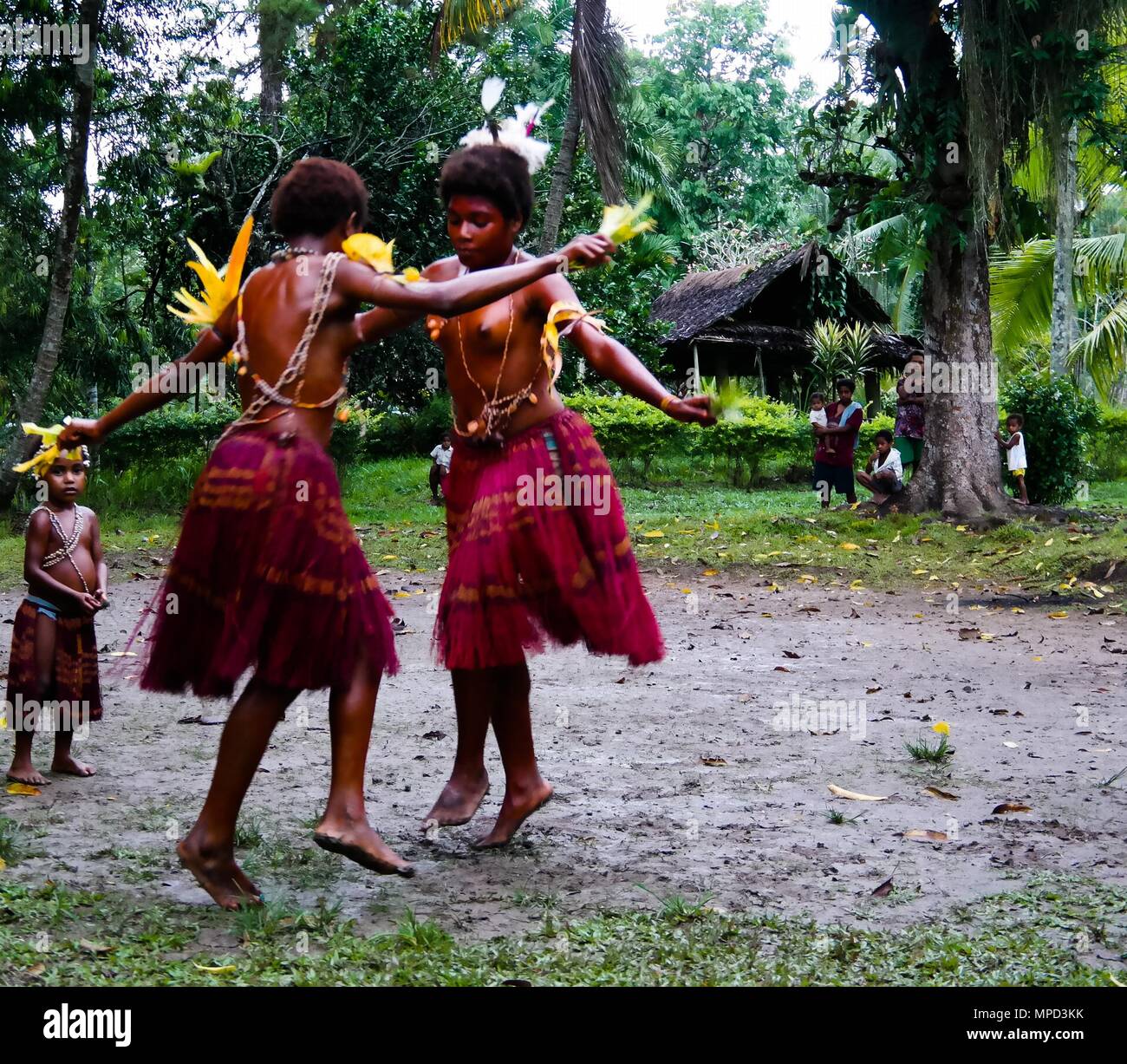
Modern Influences on Papuan Dance
The influence of modernization has undoubtedly left its mark on traditional Papuan dance forms. As technology, globalization, and societal changes seep into rural communities, traditional dances must find a delicate balance between preserving their authenticity and adapting to new influences. Contemporary music, new dance styles, and Western fashion trends have found their way into the performance repertoire of some tribes. While modern influences can bring innovative elements to traditional dance, it is important to navigate this intersection with care, ensuring that the core identity and cultural significance of the dances remain intact.
Balancing Tradition with Innovation
Maintaining the authenticity and essence of traditional dance while embracing innovation is a delicate balancing act. Tribes in Papua New Guinea are keenly aware of the need to adapt to the changing times while staying true to their roots. Reinterpretations of traditional dances are often seen in the incorporation of new movements, musical instruments, or costumes, which breathe new life into the performances. By striking a balance between tradition and innovation, the tribes embrace the evolving cultural landscape while preserving the soul of their dances.
Maintaining Authenticity
Preserving the authenticity of traditional dance is crucial, as it is the foundation upon which these dances were built. The Papuan tribes take great pride in their cultural heritage and strive to maintain the integrity of their traditional dances. This involves passing on the knowledge and techniques to younger generations, ensuring that the dances are performed as accurately as possible. Maintaining authenticity also means upholding the spiritual and cultural significance attached to each dance, ensuring that the essence and meaning remain intact despite the passage of time and changing societal contexts.
The Transformation of Tribal Dance in Contemporary Times
Contemporary Dance Groups in Papua New Guinea
In contemporary Papua New Guinea, there has been a surge in the formation of dance groups that combine traditional elements with modern influences. These dance troupes, often comprising young individuals from various tribes, seek to showcase the vibrant diversity of Papuan dance to a wider audience. By infusing modern choreography, music, and theatrical elements into their performances, these groups create compelling and dynamic productions that captivate audiences and celebrate the cultural legacy of the tribes.
Fusion of Traditional and Modern Dance
The fusion of traditional and modern dance styles has become a hallmark of contemporary Papuan dance. Choreographers and dancers are constantly exploring new ways to blend the age-old movements and gestures with contemporary techniques, creating a vibrant and dynamic aesthetic. This fusion allows for innovative storytelling, the exploration of new themes, and the inclusion of diverse influences. The combination of tradition and modernity breathes fresh life into Papuan dance, ensuring that it continues to captivate audiences while paying homage to the cultural heritage of the tribes.
Global Recognition and Performances
The remarkable cultural richness of Papuan dance has garnered international acclaim and recognition. Papuan dance groups have represented Papua New Guinea on prestigious stages around the world, showcasing their talent and cultural heritage to diverse audiences. These performances not only promote cross-cultural understanding but also serve as a source of pride for the tribes. The global recognition of Papuan dance has opened doors for international collaborations, cultural exchanges, and the preservation of indigenous art forms on a global scale.
The Cultural Significance of Dance in Papuan Society
Celebratory and Ritualistic Functions
Dance serves as a cornerstone of celebratory and ritualistic functions in Papuan society. From birth ceremonies and initiations to weddings and harvest festivals, dance accompanies and enriches these important milestones. Dancers clad in traditional costumes and accessories perform intricate moves, symbolizing the joy, unity, and sacredness of the occasion. Whether it is the rhythmic beat of drums, the mesmerizing chants, or the vibrant movements, dance plays an integral role in invoking blessings, honoring ancestors, and bringing communities together in celebration.
Storytelling Through Dance
In the rich tapestry of Papuan culture, dance serves as a powerful form of storytelling. Each movement, gesture, and expression is laden with meaning, weaving narratives of the tribe’s history, legends, and spiritual beliefs. Through dance, stories are brought to life, transcending language barriers and connecting individuals on a profound level. The vibrant costumes, traditional masks, and body adornments further enhance the storytelling aspect, allowing dancers to embody characters and evoke emotions, enabling the audience to immerse themselves in the narratives unfolding before them.
Dance as a Form of Identity
Dance plays a crucial role in shaping and reinforcing tribal identity in Papua New Guinea. Each tribe has its unique dances, which act as a visual and kinesthetic representation of their cultural heritage. By participating in tribal dances, individuals affirm their belonging to a specific community, reinforcing their connection to their ancestors and traditions. Dance is a collective endeavor, where the shared movements and rhythms create a sense of unity and pride. It is through the preservation and performance of these dances that tribal identity is celebrated and passed down to future generations.
Dances as Symbolic Representations of Tribal Identity
Costumes and Body Art in Tribal Dances
The costumes and body art worn during tribal dances hold deep symbolic significance and are integral to the expression of tribal identity. Each tribe has its unique style of costumes, which often use locally sourced materials and craftsmanship. These costumes can be elaborate, featuring feathers, shells, grass skirts, and intricate beadwork. Body art, such as painted patterns and tattoos, further enhances the visual impact of the dancers, reflecting their ancestral lineage, social status, or spiritual beliefs. The combination of costumes and body adornment creates a stunning visual tapestry that reflects the essence of each tribe’s identity.
Meaning and Symbolism Behind Dance Movements
Every movement in Papuan dance carries profound meaning and symbolism. Each step, gesture, and posture communicates a specific message, telling stories of the tribe’s history, beliefs, and daily life. For example, stomping movements may represent resilience and defiance, while graceful arm movements may convey unity and grace. Dance movements can also mimic the actions of animals, plants, or natural elements, illustrating the deep reverence and connection to the natural world. Understanding the meaning behind each movement adds a layer of appreciation for the artistry and cultural significance of the dances.
Preserving Tribal Identity Through Dance
Tribal dances act as a gateway to the preservation and celebration of tribal identity in Papua New Guinea. By perpetuating the traditional dance forms, tribes preserve and transmit their unique cultural heritage to future generations. Tribal identity is not relegated to the past but continues to evolve and thrive through the performance of these dances. The act of passing down the dances from elders to younger members strengthens tribal bonds, instills a sense of cultural pride, and ensures the longevity of the tribe’s identity in the face of societal changes.
The Future of Dance in Papua New Guinea
Educational Initiatives on Traditional Dance
Recognizing the importance of preserving traditional dance, educational initiatives have emerged in Papua New Guinea. These initiatives focus on introducing young generations to their cultural heritage through dance workshops, mentorship programs, and educational resources. By instilling a sense of pride and understanding in the youth, these initiatives ensure that the tradition of dance continues to be cherished and perpetuated. This investment in education paves the way for a future where traditional dances thrive and flourish, serving as a source of inspiration and cultural identity for the next generation.
Cross-Cultural Exchange Programs
Cross-cultural exchange programs provide a platform for dancers and artists from Papua New Guinea to share their talents, knowledge, and cultural traditions with the global community. These programs facilitate the exchange of ideas, foster mutual understanding, and build bridges across borders. Through collaborations and performances in different countries, Papuan dancers not only showcase their rich cultural heritage but also gain insights into other cultures, broadening their horizons and enriching their artistic practices. Cross-cultural exchange programs open doors to mutual learning and dialogue, fostering a global appreciation for the uniqueness and beauty of Papuan dance.
Sustaining Traditional Dance for Generations to Come
Sustaining traditional dance for generations to come requires a collective effort from the Papuan communities, governmental bodies, and international organizations. This includes ongoing support for cultural preservation initiatives, the development of funding opportunities, and the creation of platforms for traditional dance performances and workshops. By fostering an environment that values and promotes traditional dance, Papua New Guinea can ensure that its cultural legacy remains intact. It is through these sustained efforts, guided by a shared commitment to cultural preservation, that Papuan dance will continue to flourish and inspire generations to come.

